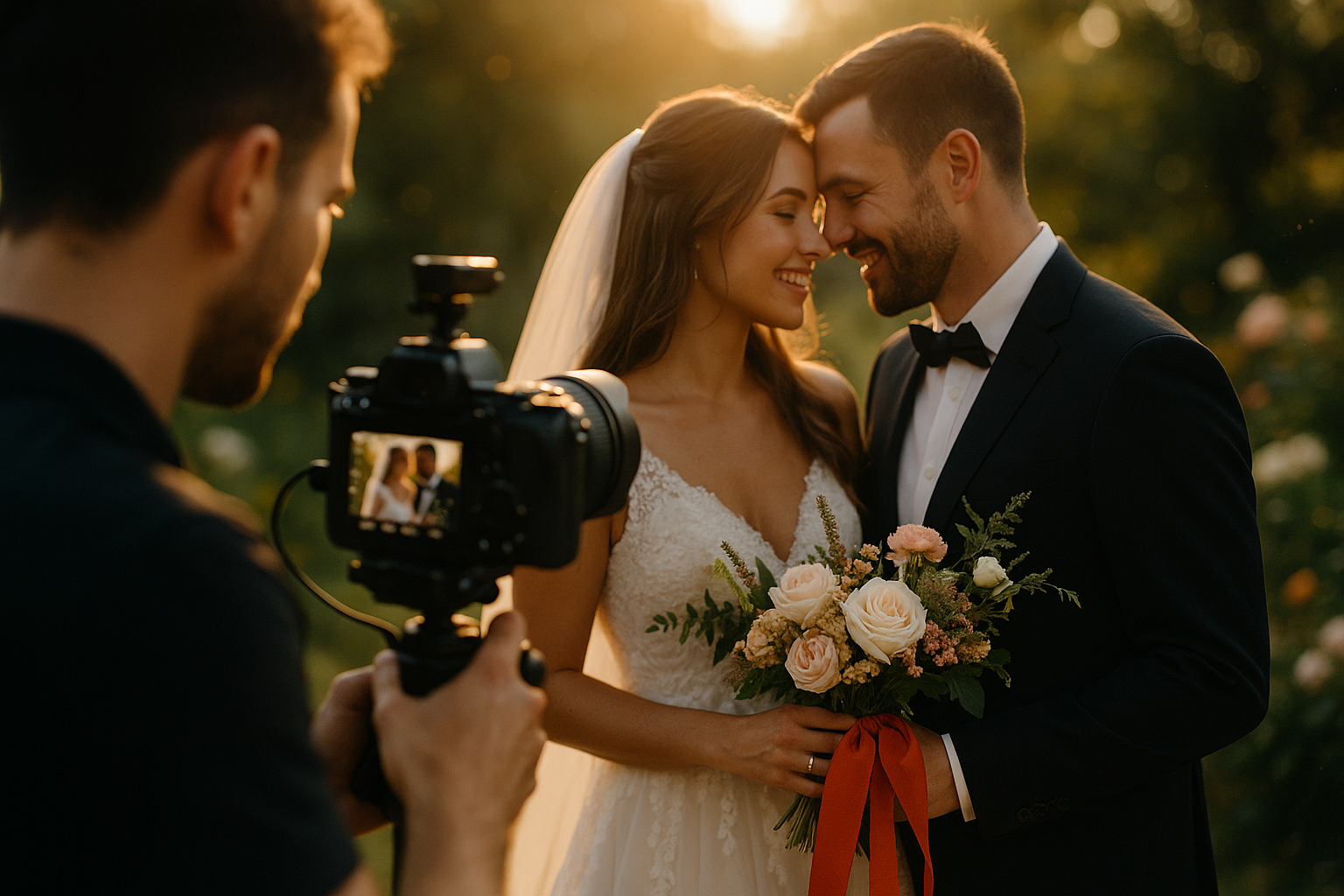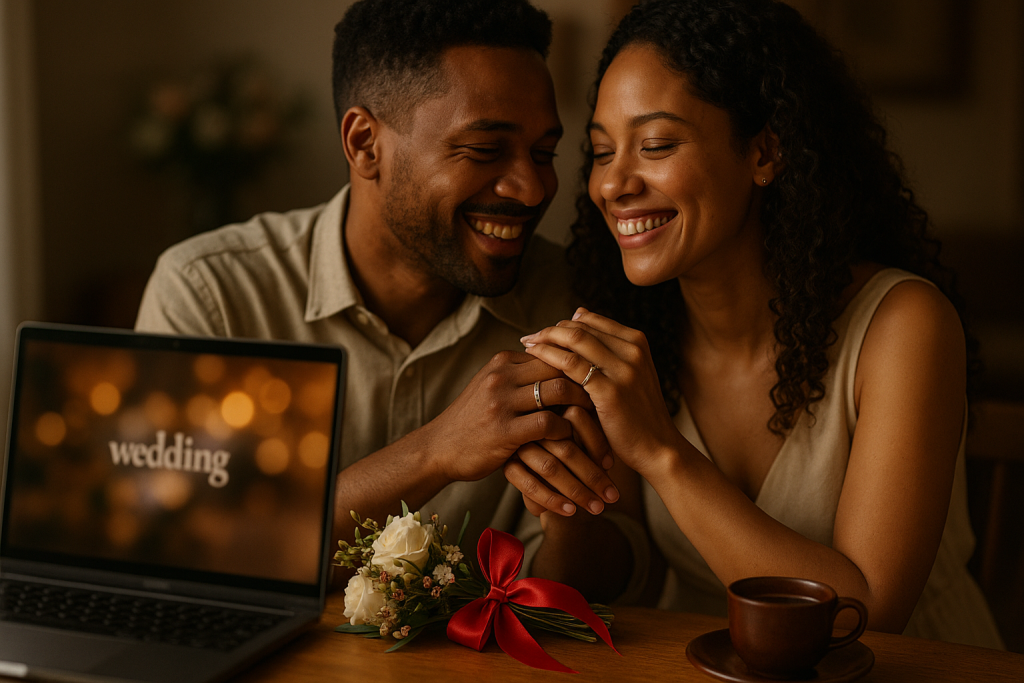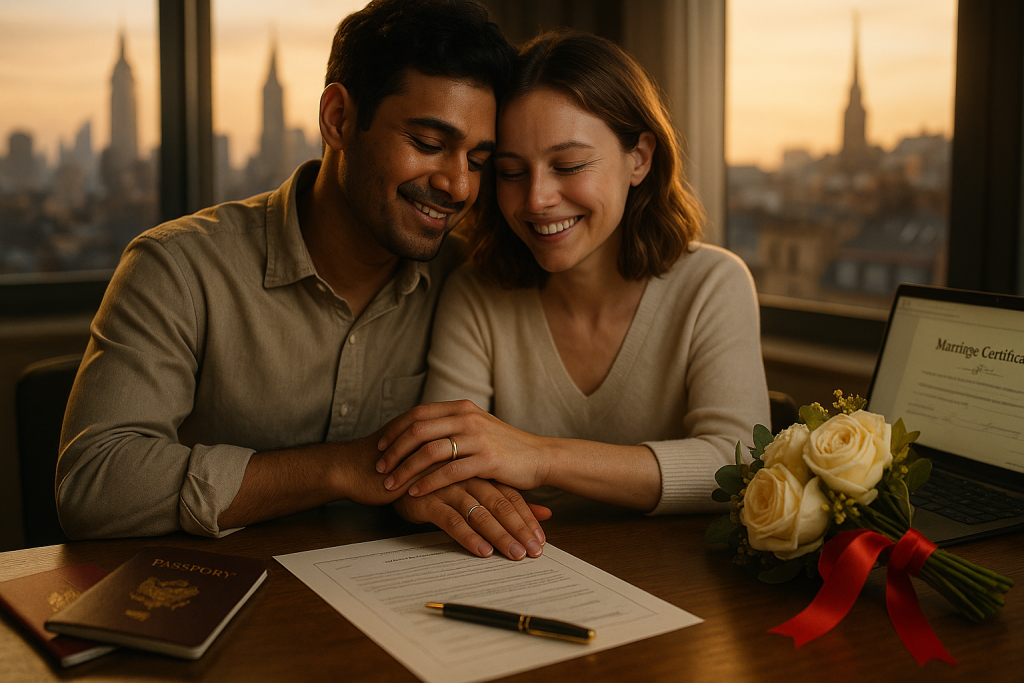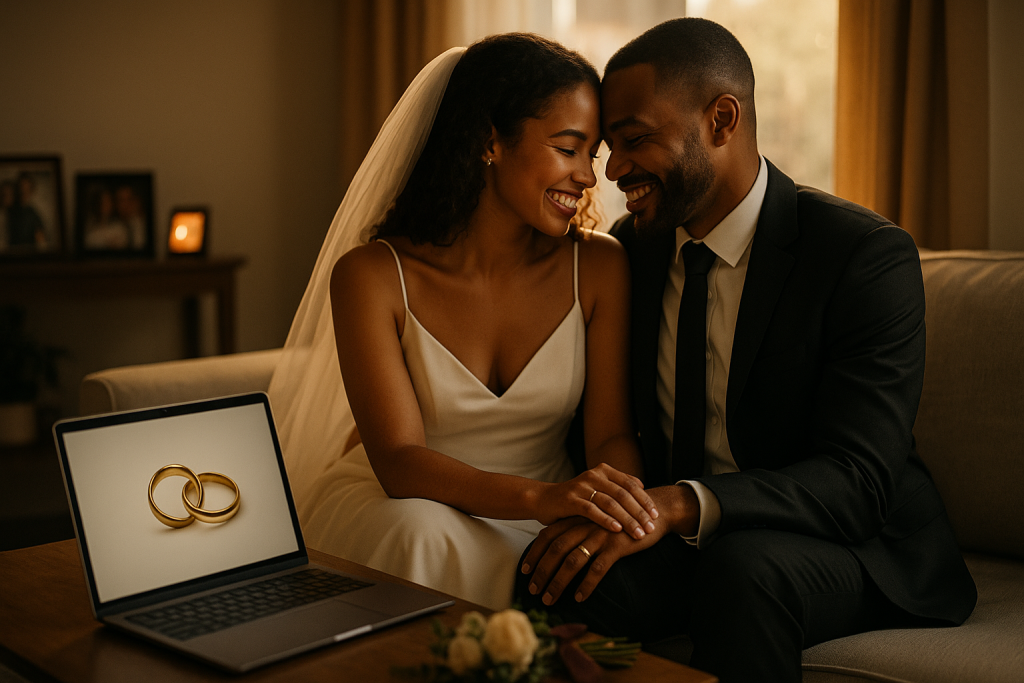Planning your wedding is an exciting journey, and capturing those precious moments through video ensures you can relive the day for years to come. Whether you’re considering a virtual wedding or a traditional ceremony, understanding the best video settings can make a significant difference in the quality of your wedding footage.
Choosing the Right Resolution for Your Wedding Video
Opting for a higher resolution, such as 4K, provides breathtaking detail and a level of realism that feels almost tangible. While 4K offers unparalleled clarity, it requires more storage and powerful editing tools. Consider your priorities, be it the utmost detail or ease of handling, to choose the resolution that aligns with your vision. If you can’t get around these specifics, you’re better off hiring a professional wedding video editing service. Source
Frame Rates: Achieving Smooth Playback
Frame rates significantly affect the aesthetic of your wedding film. Common rates include 24fps, offering a film-like quality, 30fps, ensuring smooth motion, and 60fps, capturing details with lifelike clarity. While higher frame rates provide smoother motion, they can also introduce a hyper-realistic feel, potentially detracting from the cinematic charm. Consider the mood you wish to evoke; a dreamy, timeless feel might call for 24fps, while dynamic, vivid scenes might benefit from the clarity of 60fps. Source
Shutter Speed: Capturing Natural Motion
Following the 180-degree rule, set your shutter speed to twice the frame rate. For example, if you’re shooting at 24fps, set the shutter speed to 1/50. This creates natural motion blur, giving your video a professional, cinematic feel. Source
Aperture: Creating Depth and Focus
A lower f-stop (like f/2.8) creates a shallow depth of field, which is perfect for focusing on the couple while beautifully blurring the background. This setting helps in highlighting the subjects and adding a cinematic touch to your footage. Source
ISO: Managing Light Sensitivity
Keep your ISO as low as possible to reduce grain, especially in dimly lit venues. If you’re shooting outside during golden hour, you might be able to keep your ISO lower than you would in a dark reception hall. Adjusting ISO appropriately ensures clear and crisp footage. Source
White Balance: Ensuring Accurate Colors
Accurate white balance is essential to ensure that colors are true to life. While auto white balance (AWB) can be convenient, it’s not always reliable, especially in changing lighting conditions. Setting the white balance manually allows for more consistent and accurate color reproduction. Source
Incorporating Slow Motion for Emotional Impact
Slow motion is one of my favorite techniques to elevate wedding footage, but it must be used with intention. When done right, it injects a sense of wonder into moments that might otherwise feel routine. For slow motion, film at 50 or 60 frames per second (depending on your region and camera). This allows you to play back the footage at 24 or 25 frames, creating that gentle slow-down effect. Source
Stabilization: Achieving Smooth Footage
Stabilization is crucial for smooth, professional-looking footage. While many cameras offer in-body image stabilization (IBIS), using additional stabilization tools like gimbals or tripods is highly recommended. Handheld shots can add a personal, intimate feel, but overusing them can result in shaky footage that detracts from the viewing experience. Source
Audio Quality: Capturing Clear Sound
Clear audio is just as important as visual quality in wedding videos. Use external microphones, such as lavalier mics for the officiant and couple, and shotgun mics for ambient sound. Monitor audio levels throughout the event to avoid clipping or distortion. Source
Backup and Redundancy: Safeguarding Your Footage
Always have a backup plan. Use cameras with dual card slots and record simultaneously to both cards. This redundancy ensures that if one card fails, you still have a copy of the footage. Bring extra batteries, memory cards, and even an additional camera body to avoid any technical mishaps. Source
Planning a Virtual Wedding?
If you’re considering a virtual wedding, understanding these video settings becomes even more crucial. At Virtual Same Day Marriage, we specialize in helping couples like you navigate the intricacies of online ceremonies. From obtaining your online marriage license to planning a seamless online wedding ceremony, we’re here to assist every step of the way.
FAQs
What is the best frame rate for wedding videos?
For a cinematic look, 24fps is ideal. For slow-motion shots, 60fps or higher can be used. Source
Should I shoot my wedding video in 4K?
Shooting in 4K provides higher quality and future-proofing, but it requires more storage and processing power. Consider your needs and resources before deciding. Source
How can I ensure good audio quality in my wedding video?
Use external microphones, monitor audio levels throughout the event, and consider using an external audio recorder as a backup. Source
What is the 180-degree shutter rule?
The 180-degree shutter rule suggests setting your shutter speed to twice the frame rate to achieve natural motion blur. For example, at 24fps, set the shutter speed to 1/50. Source
Why is white balance important in wedding videography?
Accurate white balance ensures that colors are true to life, preventing footage from looking overly yellow or blue due to mixed lighting conditions. Source
Remember, capturing your wedding day beautifully requires attention to detail and proper planning. If you have any questions or need assistance with your virtual wedding plans, feel free to contact us. We’re here to make your special day as seamless and memorable as possible.




